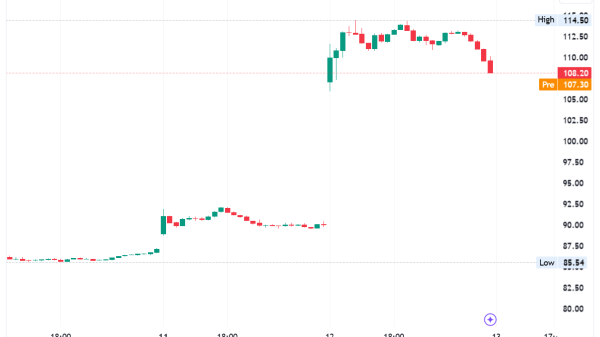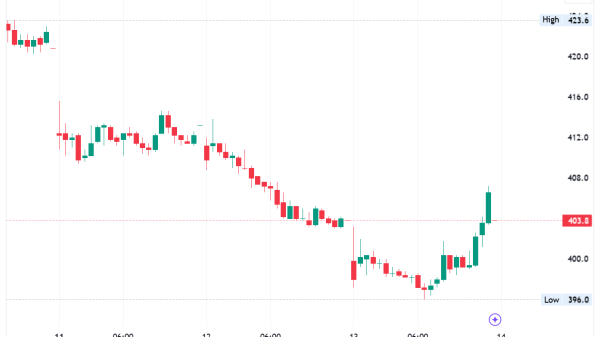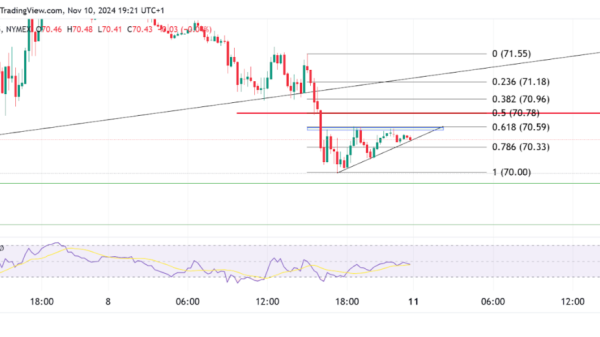What is marginal revenue product (MRP)?
Key Takeaways:
MRP assesses how additional resources impact revenue and profitability, guiding resource allocation and production decisions.
Businesses use analysis of Marginal Revenue P. to optimize production, minimize costs, and maximize profits.
Marginalism is an essential economic concept that breaks decisions into small steps, including marginal productivity, marginal costs, and marginal utility.
MRP plays a crucial role in labour economics, ensuring that wages align with the value an employee brings to a company.
The concept of Discounted Marginal Revenue Product (DMRP) influences worker-employer negotiations and helps balance supply and demand in the job market.
Have you ever thought about what marginal revenue product is? What’s the secret behind the famous MRP that many experts and newbies have debated lately?
Why is it imperative to have a profound comprehension of Marginal Revenue Product (MRP)? MRP plays a pivotal role in comprehending wage rates within the market.
It becomes financially rational to employ a worker for $15 per hour solely when their MRP surpasses this figure. If the worker can contribute revenue of up to $15 per hour, the company benefits financially.
In the following discussion, we will delve into the significance of MRP in gaining insights into wage rates and the field of labor economics.
But what does it all mean? Let’s start from the beginning and MRP’s basic definition, shall we?
Definition and Explanation of the Marginal Revenue Product
Marginal Revenue Product, or “MRP,” is vital in production planning and supply chains. It assesses the impact of adding a unit of a resource to a manufacturing process.
It determines the additional revenue by augmenting the resource’s marginal physical product with the marginal cost while taking into account factors such as:
Inventory levels
Lead time
Customer demand.
MRP in Supply Chains
In supply and demand, MRP helps optimize production schedules by determining the ideal quantity of resources required to meet customer orders efficiently. This aids in managing production costs and total revenue.
Integration with ERP and BOM
MRP can be integrated into Enterprise Resource Planning (ERP) systems, which involve handling bills of materials (BOM) and other aspects of production.
By aligning MRP with ERP, businesses can enhance their material requirements planning (MRP) processes, ensuring that their supply chain operations run smoothly and cost-effectively.
Gaining a Deeper Understanding of MRP
Marginal Revenue Product (MRP) stands as a cornerstone concept in economics, established by economists John Bates Clark and Knut Wicksell.
Its core principle revolves around the intricate connection between a company’s revenue and the added productivity resulting from additional production factors, ultimately steering profit maximization efforts.
Why Entrepreneurs Rely Heavily on MRP?
Entrepreneurs frequently turn to MRP survey that will assist them making pivotal decisions in their production processes.
For instance, a farmer pondering the procurement of an additional custom tractor for sowing and reaping wheat strives to confirm that it adds to profit optimization.
If this tractor can yield an extra 3,000 grain baskets (MPP) at a market price of $5 per basket (MRP), its calculated MRP would amount to $15,000.
Optimizing Investments for Profit Maximization
To arrive at a judicious decision, the farmer should be willing to invest a maximum of $15,000 in acquiring the tractor. Surpassing this threshold would result in financial setbacks, obstructing the pursuit of profit maximization.
While estimating financial inputs and returns can present challenges, companies that conduct meticulous MRP evaluations gain a competitive edge. This significantly bolsters their prospects of attaining peak profitability and surpassing their industry peers.
The Vital Role of MRP Analysis in Informed Decision-Making
In essence, MRP analysis proves indispensable in making astute production choices that drive profit maximization and overall business triumph.
How to calculate Marginal Revenue Product?
To compute the Marginal Revenue Product (MRP), multiply the marginal physical product (MPP) of a resource by the marginal revenue (MR) it generates. MRP assists in determining the optimal resource utilization level, assuming other cost factors remain unchanged.
To ascertain total revenue, multiply the quantity of goods or services sold by their respective prices. MRP is closely associates with total revenue by revealing the additional income gained from selling one more unit of a product.
Marginal revenue product formula
The exact formula for marginal revenue product is the following:
MRP = Marginal Physical Product x Marginal Revenue.
Unique Insights by an expert
In economics, we often use a concept called Marginal Revenue Product (MRP) to break decisions down into small steps.
For instance, when someone buys a water bottle for $1.50, they’re not saying all water bottles are worth $1.50. They think that specific bottle is worth $1.50 and more right then. We do this step-by-step analysis to understand things better.
What is marginalism?
Looking at things step by step, called “marginalism,” is important in economics. It helps us determine how much extra we get from adding one more worker (marginal productivity) and how much more it costs to make one more thing (marginal costs).
In addition, it helps us determine how much extra satisfaction we get from consuming one more item (marginal utility).
It also elucidates why the extra gain from continually augmenting something lessens (experiencing reduced returns).
Why MRP Matters in Wages and Hiring?
In the realm of compensation and talent acquisition, MRP stands as a pivotal factor. Essentially, it dictates that a company should only contemplate hiring an individual for $15 horlyr if their contribution can generate revenue surpassing $15 hourly for the company.
When this criterion is not met, the company risks facing financial losses. In practical scenarios, employees may not consistently receive compensation that precisely aligns with their contributions, particularly in a balanced job market.
They receive a “reduced wage”
Frequently, they are compensated with a diminished salary, similar to a price markdown, identifying this phenomenon known by the term: “DMRPt”.
This situation arises because employers must exercise patience while awaiting financial returns, whereas employees receive their compensation promptly.
As a result, a decrease is imposed on the salary, and employers obtain a minor bonus in exchange for their forbearance.
Influence on Negotiations and Market Balance
This DMRP plays a big role in worker-employer negotiations unless one company dominates the job market. If the suggested wage falls below DMRP, an employee could potentially discover a more appealing offer in a different place.
Should the wage surpass DMRP, the worker may opt to reduce compensation or seek an alternative worker.
This process is instrumental in the gradual equilibrium-seeking of the labor market concerning the interplay between labor supply and demand.
Bottom line
Understanding MRP stands for a vital for informed decision-making regarding wages, hiring, and resource allocation. MRP provides valuable insights by breaking economic choices into smaller steps, shedding light on how additional factors influence revenue and profitability.
Entrepreneurs employ MRP evaluation to enhance production methods, guaranteeing efficient resource allocation to maximize profits.
This concept strongly correlates with the principles of marginalism, which form the foundation of essential economic concepts like marginal productivity, marginal expenses, and marginal satisfaction.
In the labour market, MRP helps determine the financial feasibility of hiring additional workers and contributes to striking a balance between labour supply and demand, incorporating the Discounted Marginal Revenue Product (DMRP) concept.
The post What is marginal revenue product – MRP explanation appeared first on FinanceBrokerage.


































